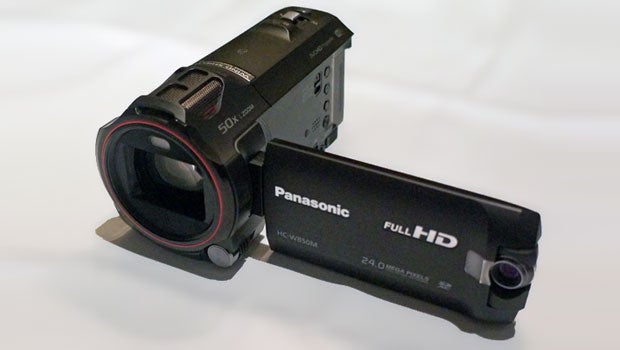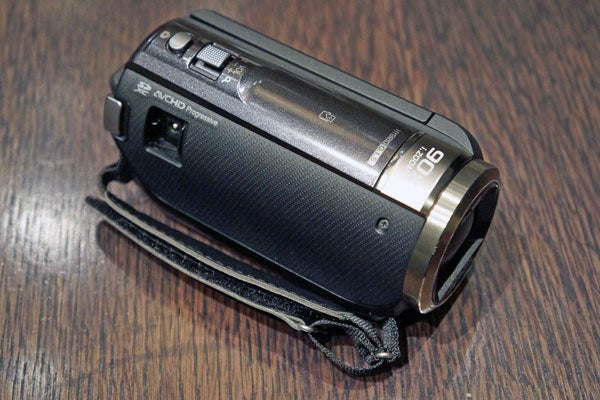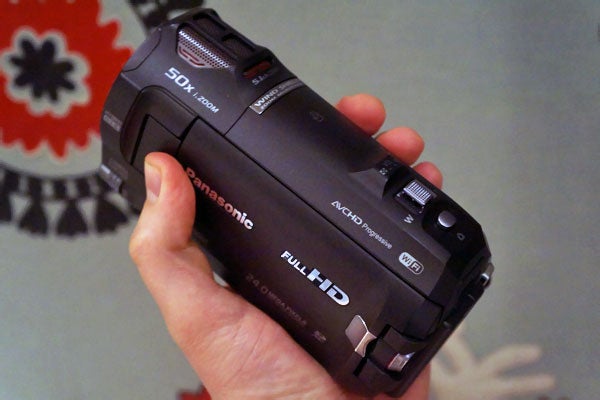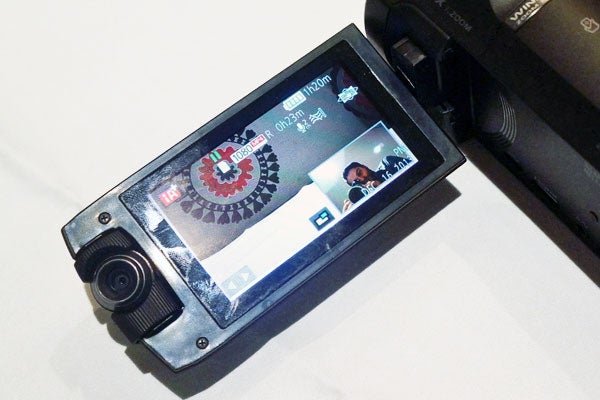Panasonic HC-W850 Review
Panasonic HC-W850
Panasonic's HC-W850 introduces a novel Twin Camera feature

Sections
- Page 1 Panasonic HC-W850 Review
- Page 2 Panasonic HC-W850: Performance and Verdict Review
Verdict
Pros
- Unique second lens lets you record yourself whilst shooting
- Comprehensive manual settings with control dial
- Excellent image quality
Cons
- Relatively pricey
- Second lens picture-in-picture lacks customisation options
What is the Panasonic HC-W850?
The
Panasonic HC-W850 is an adventurous new camcorder that attempts to
provide a unique second lens feature no other manufacturer can offer,
called Twin Camera. The conventional camcorder business is clearly
feeling the heat from increasingly capable smartphone video
capabilities, which are eroding the bottom end of the market. So we are
starting to see increasingly imaginative new designs, such as the
Canon Legria Mini and the plethora of rugged action cameras that have
appeared in the last couple of years. Twin Camera is clearly Panasonic’s
other answer to attracting new camcorder buyers.
Panasonic HC-W850K: Design & Features
With Twin Camera, Panasonic is hoping to create a need where there wasn’t any before. The basic concept is that the HC-W850
incorporates two lenses and two sensors, so you can capture two views of
the scene at once, with the second superimposed as a picture-in-picture
within the first. The main CMOS is a sizeable 1/2.3-inch back-side
illuminated sensor with 12.76Mpixels, while the secondary one has an
also decent 1/4-inch size and 5.27Mpixels.
The
secondary lens assembly sits on the edge of the flip-out LCD, and
rotates, so can be pointed in a completely different direction to the
primary lens. The main idea behind the second lens is to record yourself
whilst recording others: your reaction to Baby’s first words or steps,
your face as you narrate a tour round a location, and so on. Other uses
are a little more tenuous, but there is room for creative ideas with the
flexible orientation of the lens.
Both video frames are
mixed in-camera and recorded together, so you can’t separate them out at
a later stage, or reposition the smaller frame. In fact, there are only
two options for the secondary frame – large and small – which is rather
a limitation. If you rotate the lens all the way round to point into
the LCD panel, this turns off the secondary frame entirely. The
secondary lens has fixed focus and zoom, and doesn’t have the image
stabilisation and enhancement options of the primary imaging system.

The
main lens has a healthy 20x optical zoom, and 50x Intelligent Zoom,
which uses surplus CMOS pixels so doesn’t reduce image detail, although
it will affect light sensitivity as a smaller surface area of the chip
is being used. The HC-W850 uses surplus pixels for its Hybrid OIS image
stabilisation as well, as this combines optical with electronic methods
to make one of the best stabilisation systems we have tested.
Footage
can be recorded in either AVCHD 2.0 or iFrame / MP4 format. The AVCHD
2.0 options range up to 1080/50p at 28Mbits per second, while MP4 tops
out at the same resolution and frame rate but 50Mbits per second, as
well as offering a couple of 720p options and the 960 x 540 iFrame mode.
There’s a single SD card slot on the bottom of the camcorder, with
support for SDXC media. A 16GB SDHC card would be enough for a little
under 45 minutes of footage at the MP4 50Mbits per second data rate.
Aside
from the second-lens gimmick, this is a decidedly high-end camcorder. While it only has a single CMOS on the main lens, it’s relatively
large, and there are plenty of manual settings available. The HC-W850
doesn’t have the lens ring of Panasonic’s usual flagship models. This
feature is in fact notably absent from the entire 2014 range. But it
does still have an adjustment dial next to the lens, which performs these
functions almost as well.


